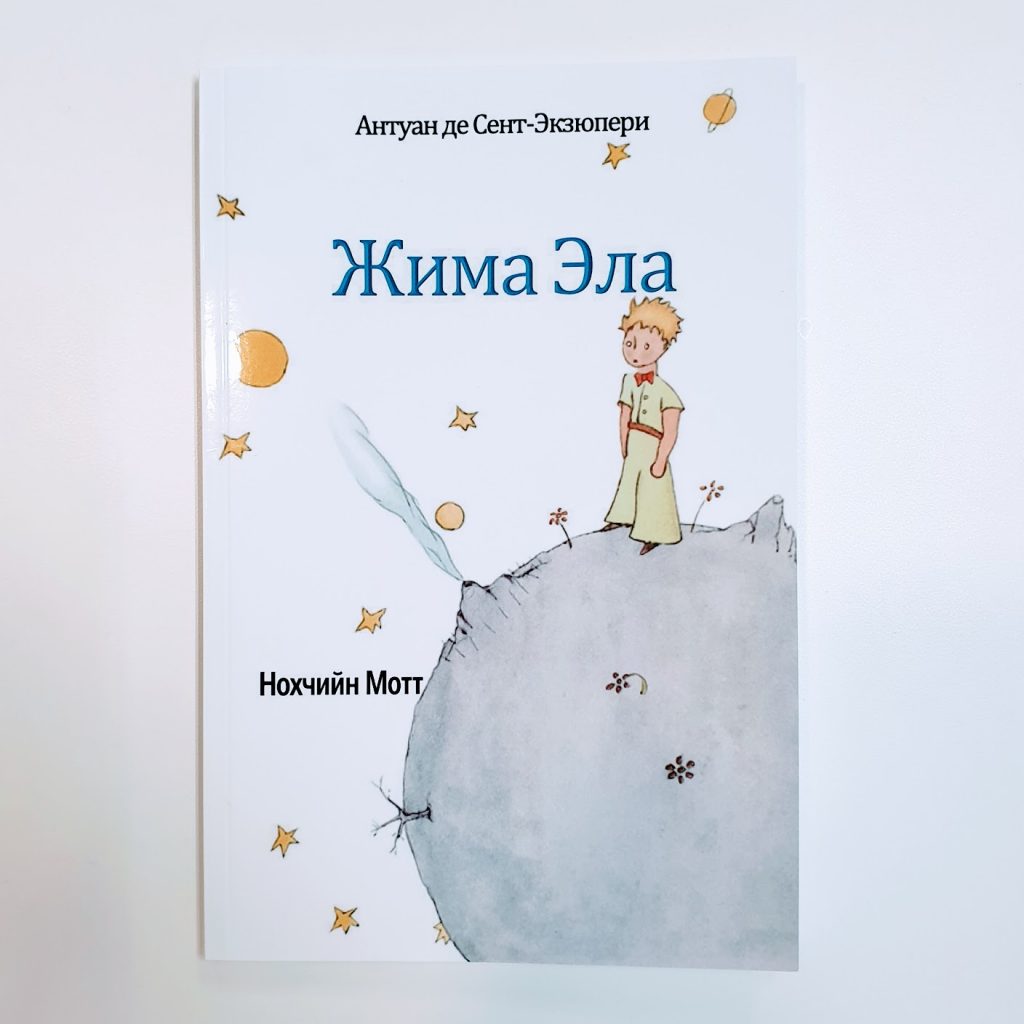
Жима Эла / Zima Ela — in Chechen language.
The Chechen language (Нохчийн Мотт / نَاخچیین موٓتت / Nohçiyn Muot), native to the Chechen people living primarily in the Chechnya (Чечня́ / Нохчийчоь / Noxçiyçö), is a member of the Nakh branch of the Northeast Caucasian language family. It’s closely related to Ingush and Batsbi (spoken in parts of Georgia) and more distantly to other Caucasian languages such as Avar and Lezgian. Chechen is notable for its complex phonology, rich morphology, and the absence of gender categories in its grammar, among other features.
Chechen is known for its extensive array of consonants, including numerous types of fricatives, affricates, and stops. The language makes distinctions between voiced, voiceless, aspirated, and ejective sounds, which are relatively rare globally. The vowel system of Chechen is relatively simple compared to its consonants, but it features vowel length and nasalisation contrasts.
The language has a rich case system, with at least six grammatical cases, and some sources cite up to eight or more, depending on the analysis. These cases mark roles such as subject, direct object, indirect object, and locative relationships. Chechen verbs are marked for various grammatical categories, including tense, aspect, mood, and negation. The verb system also encodes information about the subject and sometimes the object, making subject and object pronouns often unnecessary. Chechen exhibits ergative-absolutive alignment in its syntactic structure. This means that the subject of an intransitive verb is treated like the object of a transitive verb, rather than the subject of a transitive verb, which is marked differently.
While Chechen vocabulary is predominantly Nakh in origin, it has absorbed many loanwords from Arabic, Persian, Russian, and other languages, especially in the realms of religion, technology, and modern governance. However, there’s a trend towards purism, with efforts to coin new words from native roots.
Over the years, the Chechen language has been written with several different scripts. Initially, a version of the Arabic script was used. In the 20th century, Latin and then Cyrillic scripts were adopted. Currently, Chechen is primarily written in the Cyrillic alphabet, with specific letters added to represent sounds unique to Chechen. There has been interest in reviving the Latin script for Chechen, seen as a way to reconnect with the language’s pre-Soviet past and to facilitate learning and communication in the digital age.
There are a number of Chechen dialects: Ehki, Chantish, Chebarloish, Malkhish, Nokhchmakhkakhoish, Orstkhoish, Sharoish, Shuotoish, Terloish, Itum-Qalish and Himoish. Despite being spoken by over a million people, Chechen is considered vulnerable due to political instability in the region, suppression of the language in certain historical periods, and the dominance of Russian in official and educational contexts.


